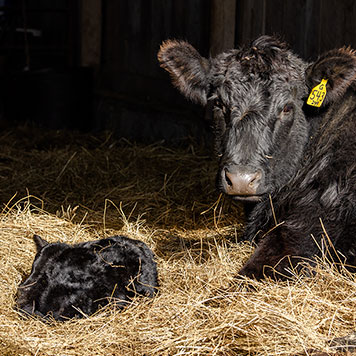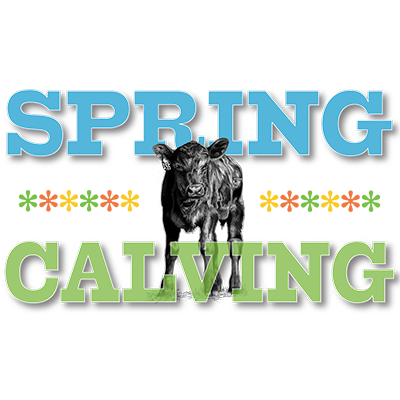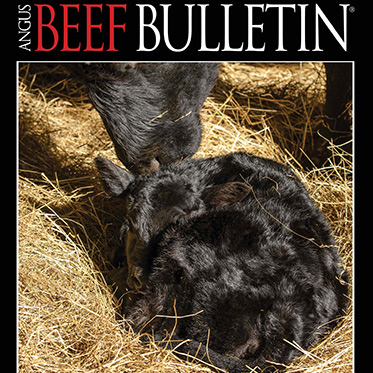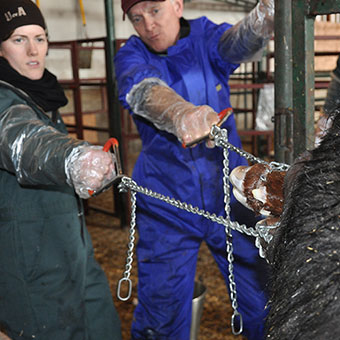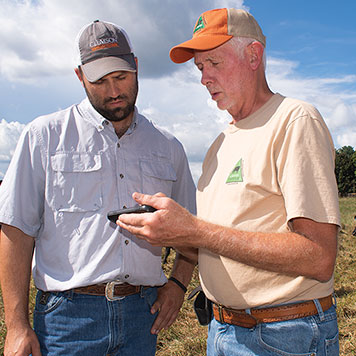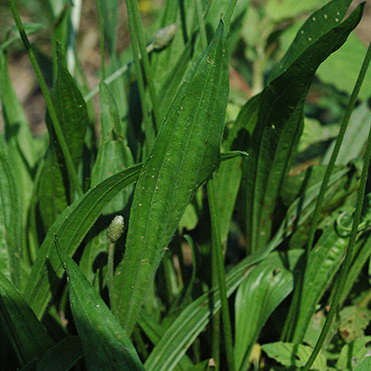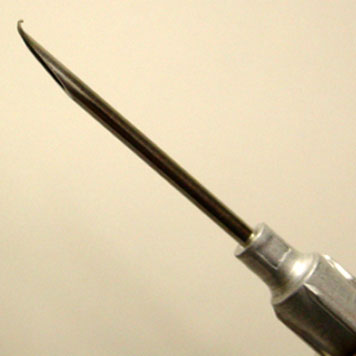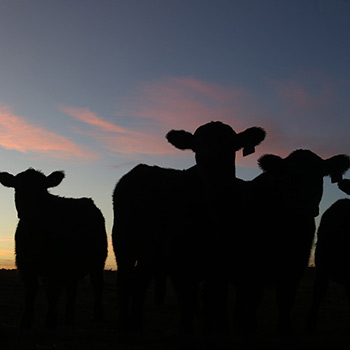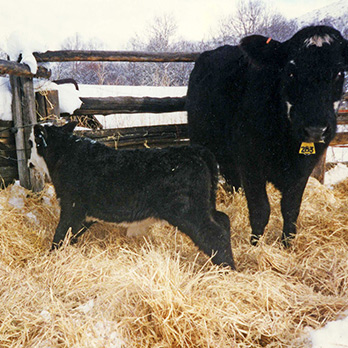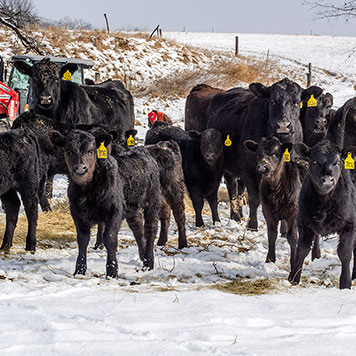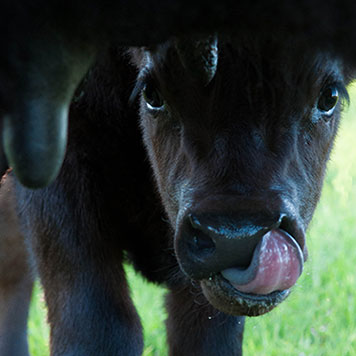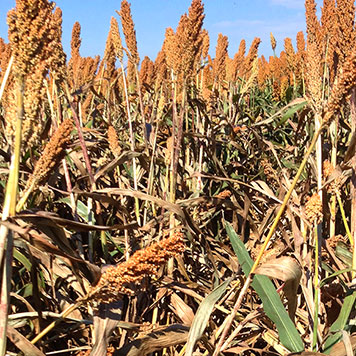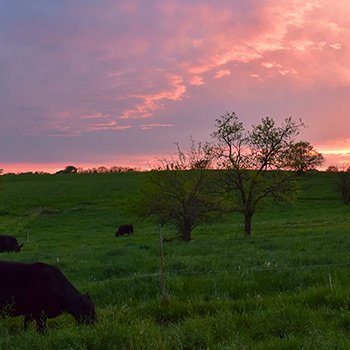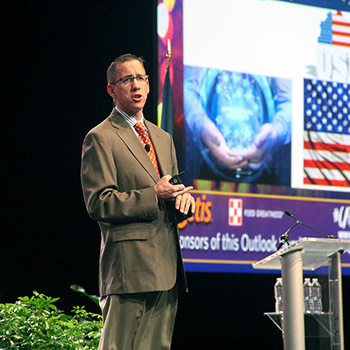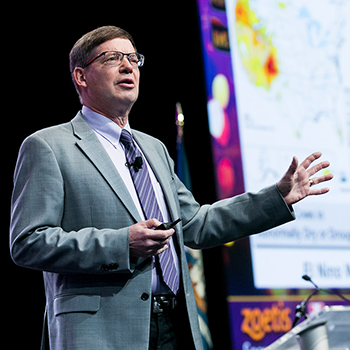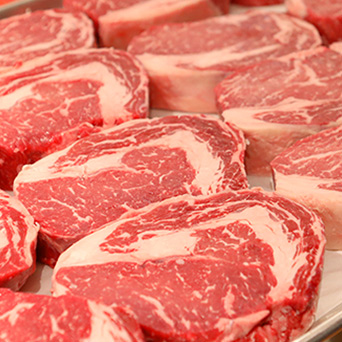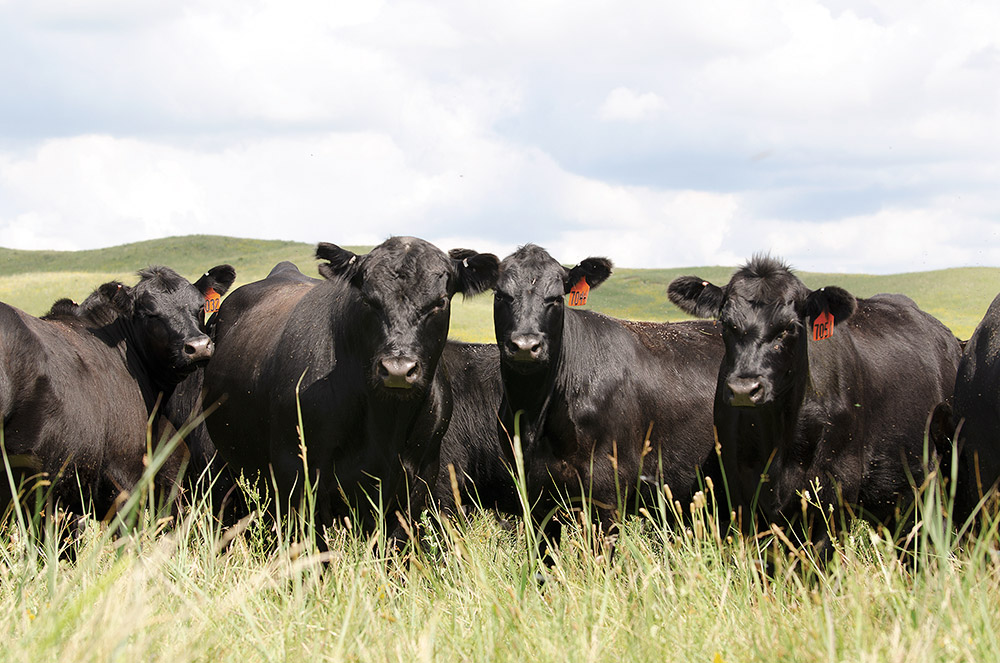
Selling Points
Nebraska cowman embraces feeder-cattle program to communicate value to today’s feeder.
The customer has changed, says Nebraska cattleman Chris Vinton, recalling the Illinois farmer-feeders who bought calves from his dad.
“When I was a little kid, I remember them coming out. They’d spend a week with us, look at the cattle, and Dad and them would make a deal,” he recalls. Then they’d truck the cattle clear back to Mount Carroll, Ill.
Repeat customers, it got to the point where they would agree on a price for the cattle over the phone sight-unseen.
“They would send trucks with a blank check — a signed blank check. We would weigh the cattle, figure out how much they owed us and fill in the blank,” says the Whitman, Neb., cattleman. “That’s how we did business. They trusted us that much, and we never sent them a bad animal. They knew we were going to be honest, and we knew everything was good on their end.”
There aren’t many of those farmer-feeders left today. Feedlots have gotten bigger, they spread their costs over more cattle, and they source cattle from more than a single supplier. Reputation and relationships are still huge, but there are a lot of good calf producers in the country offering quality cattle.
Competitive edge
Understanding that competitive environment, Vinton was intrigued when his seedstock supplier and cousin Jerry Connealy encouraged him to enroll his 2018 calf crop in Angus LinkSM.
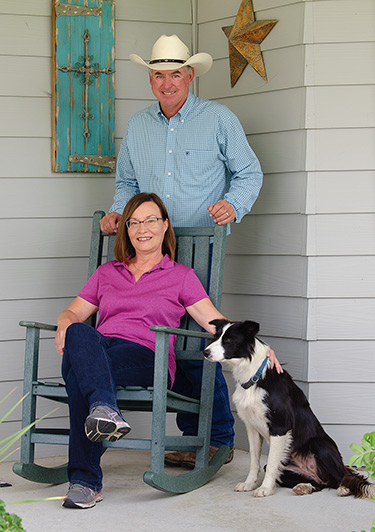 |
Chris and Sherry Vinton purchased their current ranch in 1992. Son David and his family now live in the original house, while Chris and Sherry built a house to the south. Their oldest daughter, Jessica, and her husband, Clint Taylor, built another house to the north of the original. “It’s just family,” says Chris. “We have no outside help other than family.” |
“He called me and said, the American Angus Association is working on this program that will put an index on your calves using the bulls you are buying and, on the maternal side, the bulls you have used. Would you be interested?,” recalls Vinton, quickly adding, “Any way we can add value to these cows, I’m interested.”
Launched last summer, the Angus Link feeder-cattle program scores calves based on their genetic potential to perform in the feedlot (Feedlot Performance Score), on the rail (Grid Score) and overall postweaning (Beef Score) using what’s known of the parents’ genetic makeup. As one might expect, the scores have a strong connection to the Association’s dollar value indexes ($Values) for feedlot value ($F), grid value ($G) and beef value ($B).
“Each of the three scores is presented on a scale of 0 to 200, with a score of 100 representing the industry average feeder calf derived from the breed composition of the U.S. cow herd,” explains Chris Engel, program director. That “industry average feeder calf” translates roughly to 70% Angus, 13% other British breeds, 13% Continental and 4% Bos indicus.
“Honestly, I think the feedyards should be all over this,” Vinton says, explaining the program gives the buyer an objective prediction of how calves will perform.
“Our client is the feedyard, and we’re going to provide them some assurance of how the cattle they are buying are going to perform once they get them,” he says, noting the program is long overdue. “Feeders are busy now. They can’t spend a week to come look at one set of cattle.”
To read the whole story, including Vinton’s experience enrolling and selling one of the first sets of AngusLink calves sold, see page 102 of the Angus Beef Bulletin, which is available online at http://bit.ly/Mar19ABB.
